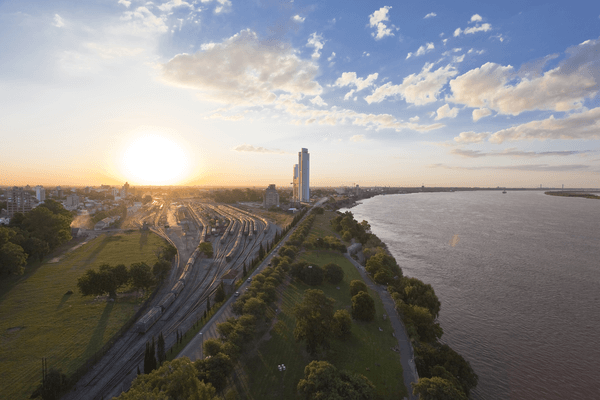The bill of rights contained in the 1996 Constitution of the Republic of South Africa (Act 108 of 1996) places responsibility on the state to respect, protect, and promote the rights of all people; including the right to an environment that is not harmful to health and wellbeing. In order to give effect to rights in the context of air quality, it is necessary for cooperating municipalities to ensure that the levels of air quality in their areas of jurisdiction are not harmful to human health and the environment. The partnership project between the City of Gothenburg and Nelson Mandela Bay Metropolitan Municipality (Nelson Mandela BMM) is very important to upholding people’s environmental rights. The partnership based on the exchange of technical and professional knowledge in air quality management. The expected result is to update air quality management systems (AQMS) for both Nelson Mandela BMM and the City of Gothenburg.
The original partnership agreement was signed on 22 November 1999. Initially, focus areas were arts and culture; business; municipal and urban development; sport, tourism; and higher education. Subsequently, three extension agreements were signed (in 2003, 2006, and 2009). Over that period, the focus areas were revised according to current needs. Thus, the new focus areas for the period 2009 to 2011 were sustainable urban development, environmental management, and air quality management.
Participant cooperation is aimed at areas of mutual interest to Sweden and South Africa. Contributions are increasingly co-financed and based on shared experience and knowledge. The purpose is to create conditions for developing long-term sustainable partnerships within various areas and to involve actors, such as schools, companies, voluntary organisations, and churches in the process.
Cooperation travelling across municipalities, regions and counties is an effective method for transferring knowledge and building capacity. There are several examples of cooperation between municipalities and regions in these two countries.
Sida also supports cooperation between institutions. For example, Swedish National Police Board is cooperating with the police authority in South Africa, and the two countries’ tax authorities are doing likewise.



